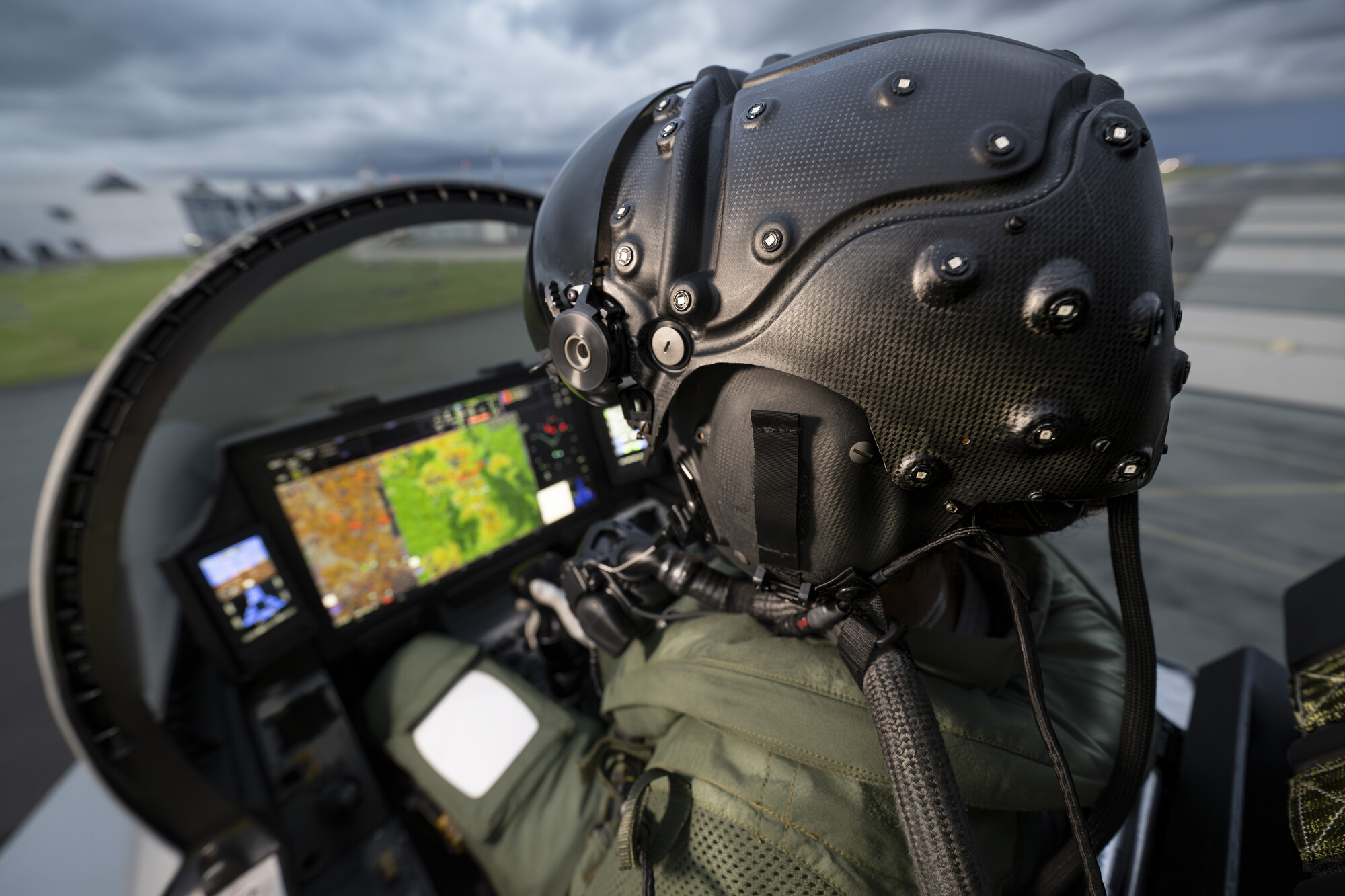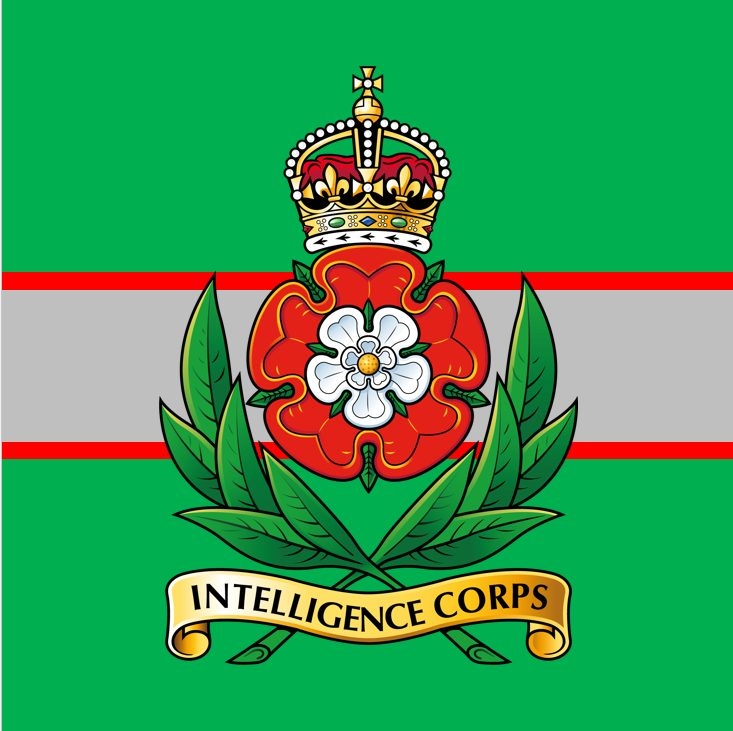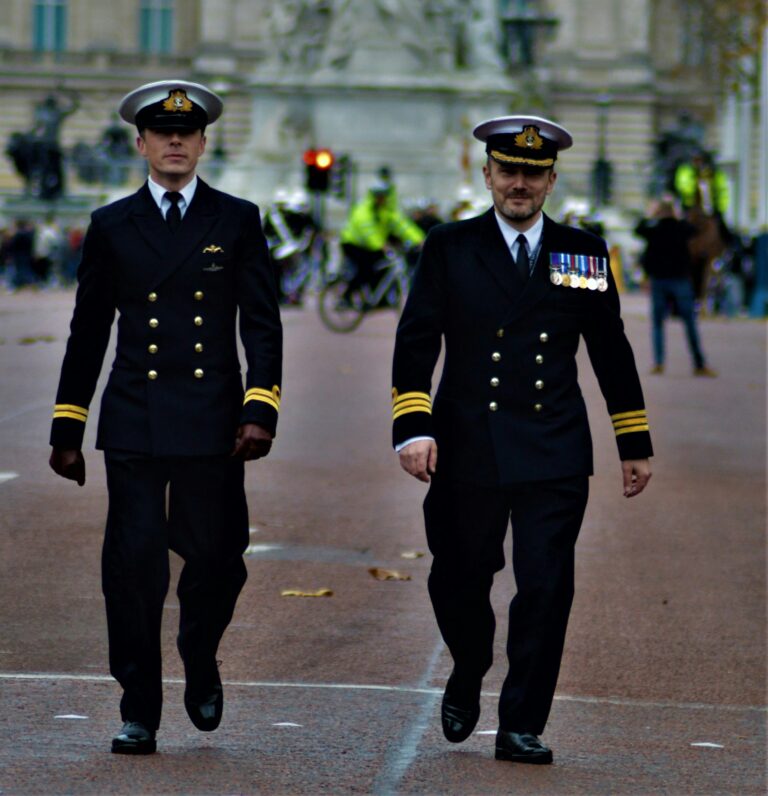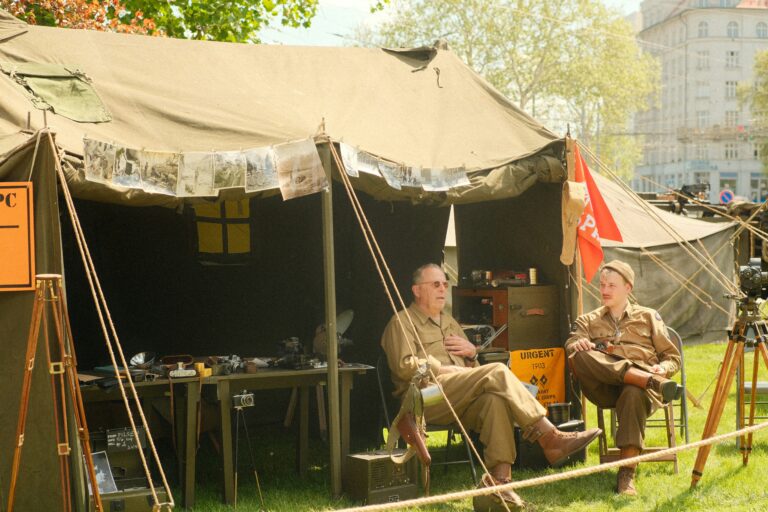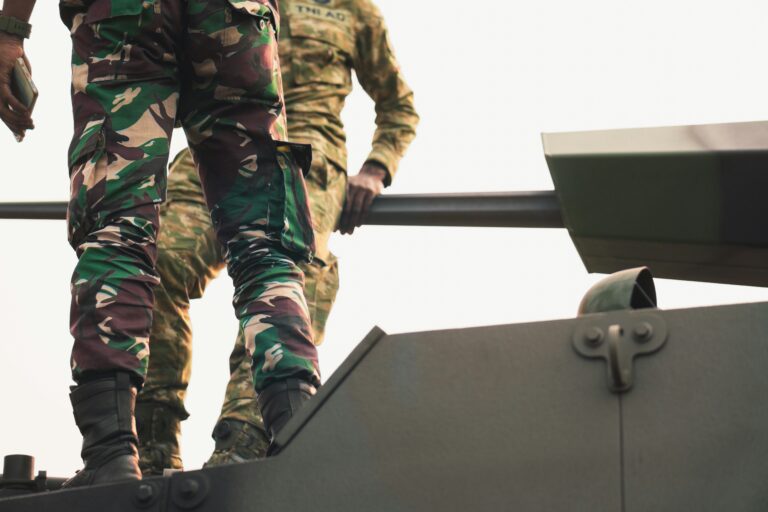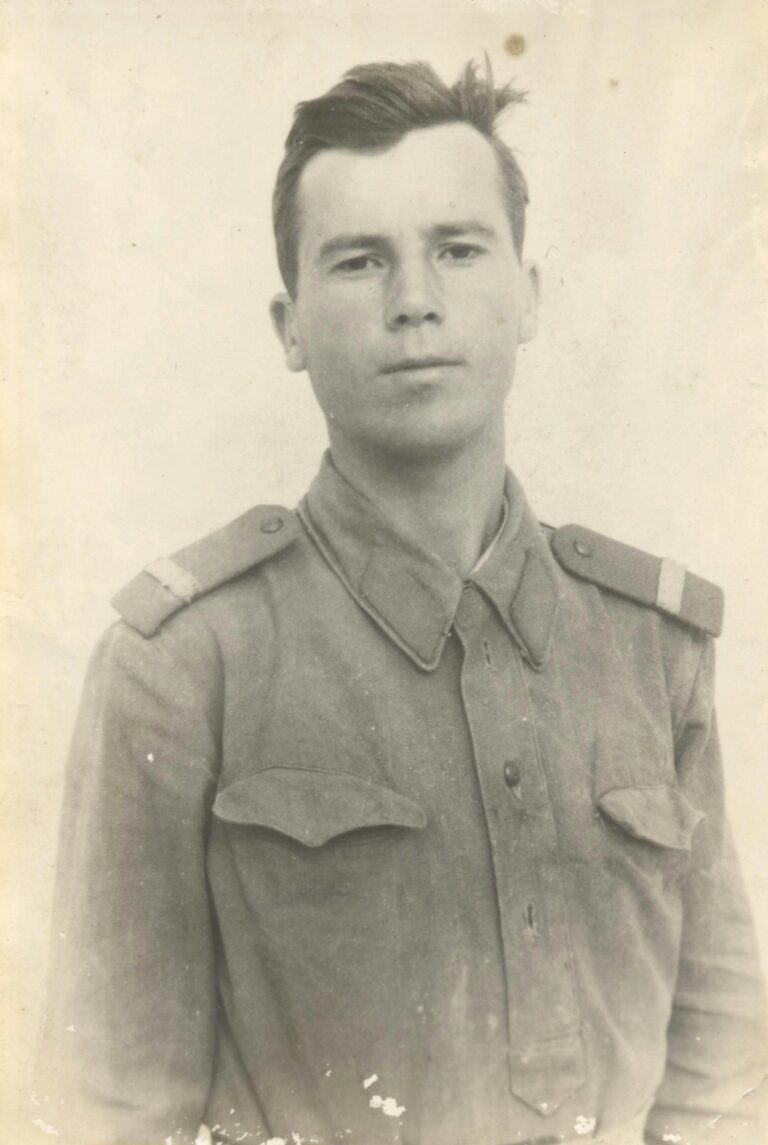RAF Air Traffic Controllers
Introduction
While fighter pilots often get the limelight in military aviation, behind every safe takeoff, flight, and landing stands a lesser-known but absolutely vital role: the RAF Air Traffic Controller (ATC). These specialists are the nerve centre of the Royal Air Force’s global air operations, responsible for ensuring safety, coordination, and combat readiness in both peace and wartime.
This article delves deep into the world of RAF ATCs — their duties, training, environments, and the strategic importance they hold in the UK’s defence infrastructure.
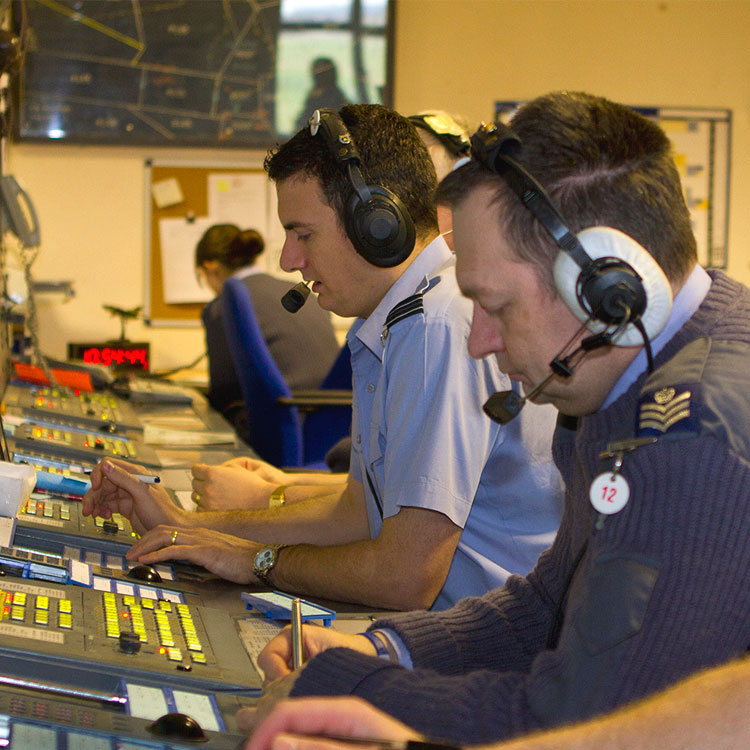
The Role of an RAF Air Traffic Controller
Air Traffic Controllers in the RAF are tasked with managing military aircraft movements, both at airbases and in operational theatres around the world. Their responsibilities include:
- Directing take-offs, landings, and taxi movements
- Coordinating aircraft within controlled airspace
- Avoiding conflicts between military and civilian aircraft
- Managing complex air operations during exercises and combat
- Responding to emergency scenarios
- Communicating with pilots, commanders, and radar stations
They work in Control Towers, Radar Approach Units, or Mobile Air Traffic Control units depending on the operational need.
Types of RAF Air Traffic Controllers
The RAF splits its ATC personnel into several operational environments:
- Tower Controllers
- Manage airfield operations (runways, taxiways, ground movements)
- Authorise take-offs and landings
- Work visually and via radio/communication systems
- Approach/Radar Controllers
- Use radar to manage aircraft in the vicinity of the airfield
- Guide pilots to safe descent paths
- Monitor high-speed jet and helicopter traffic
- Area Controllers (Deployed Ops)
- Control broader airspace over combat zones or temporary bases
- Coordinate humanitarian airlifts, fast jet strike missions, or helicopter extractions
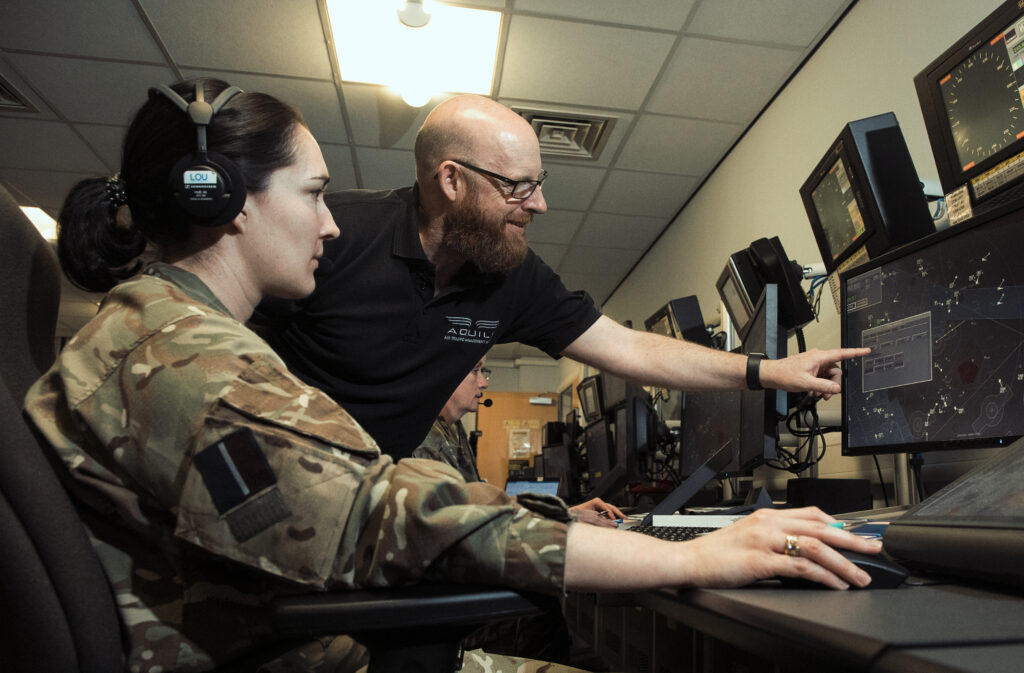
Training Pathway
Becoming an RAF ATC requires passing through some of the most intensive technical training in the service:
- Phase 1: Initial Officer Training (IOT)
- Conducted at RAF Cranwell, lasting about 24 weeks
- Teaches leadership, military law, physical fitness, and RAF core values
- Phase 2: ATC Training School
- Located at RAF Shawbury, the Defence College of Air and Space Operations
- Includes:
- Radar control procedures
- Airspace law and coordination
- Tower control simulation
- Emergency handling drills
- Intensive assessments under stress
Graduates earn the Air Traffic Control brevet (badge) and proceed to an operational unit under supervision for final validation.
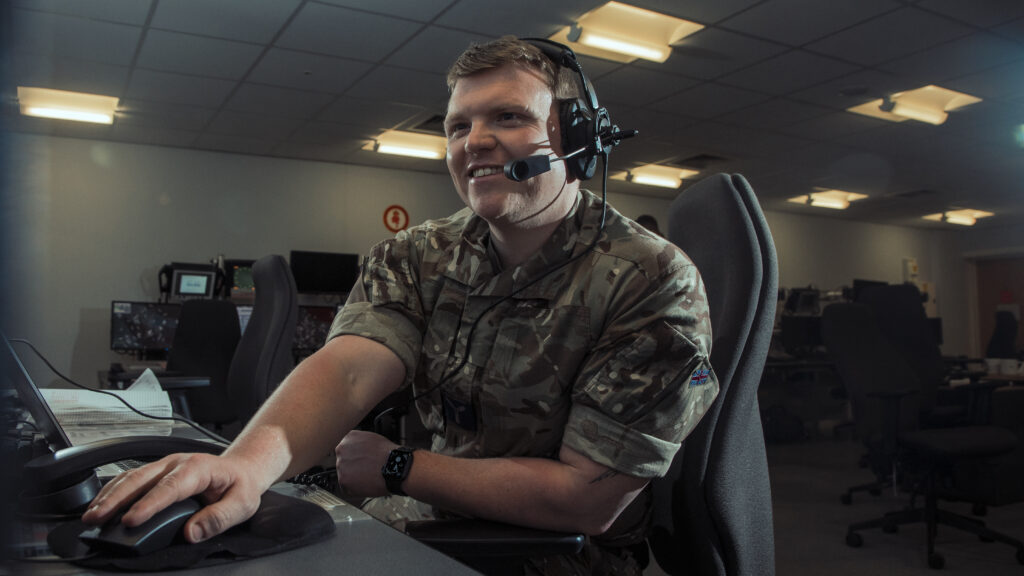
Equipment and Systems
Modern RAF ATCs utilise cutting-edge tools and systems to manage air traffic effectively:
- Primary and Secondary Surveillance Radar
- Aeronautical Information Management Systems
- Voice Communication Control Systems (VCCS)
- Flight Planning and Weather Forecasting Tools
- Emergency Locator Transmitters
- Digital Airfield Lighting Control Systems
ATCs are trained to adapt to temporary or tactical control setups, especially when deployed in war zones where they may operate from tents or field towers.
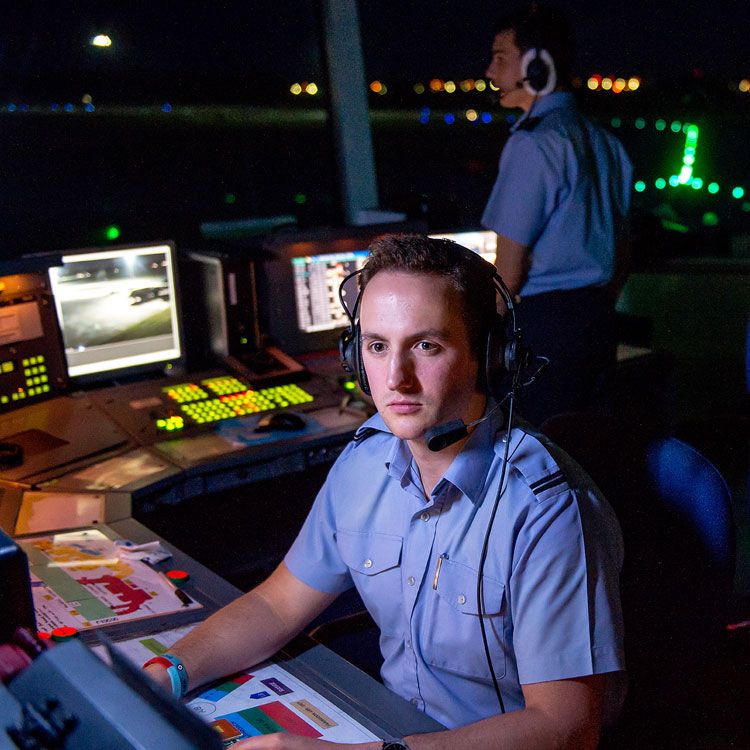
Deployment and Work Environments
ATCs aren’t confined to domestic airbases. They can be deployed to:
- Forward Operating Bases in conflict zones (e.g. Iraq, Afghanistan)
- NATO Joint Operations
- Humanitarian Air Corridors
- Carrier and ship-borne aircraft operations
- Remote islands (e.g. Falklands or Ascension Island)
They often work in shifts around the clock, handling pressure in high-stakes environments where every decision can affect lives, aircraft, and mission outcomes.
Challenges of the Role
The life of an RAF Air Traffic Controller is not for the faint-hearted:
- Intense Mental Focus: Requires split-second decisions and attention to multiple aircraft simultaneously.
- High Responsibility: One mistake can result in loss of life or multimillion-pound equipment.
- Shift Work: Controllers often rotate through day and night shifts, affecting body rhythm.
- Combat Deployment Stress: Operating in active war zones or natural disaster zones increases emotional toll.
However, it is also highly respected, intellectually demanding, and uniquely rewarding.
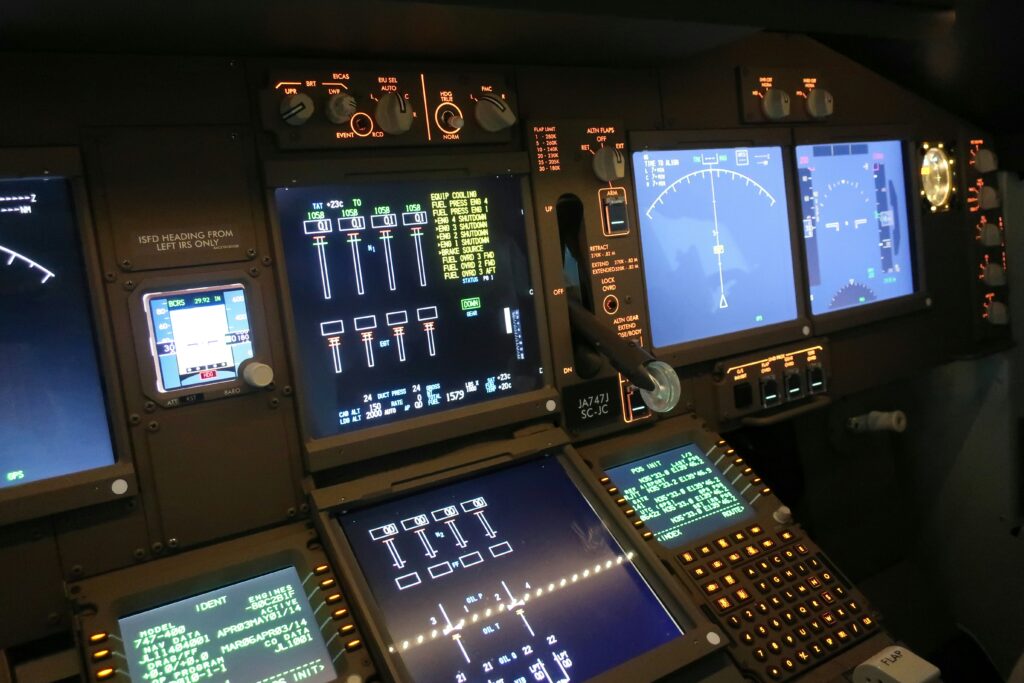
Real Experience: Flight Lieutenant Emma Clarke
“On one mission in Iraq, we had to simultaneously coordinate six inbound transport aircraft, three helicopters, and divert a fast jet due to engine failure. You don’t have time to doubt — it’s muscle memory, calmness, and absolute trust in your team. At the end of the day, we guide more than machines — we guide lives.”
Career Progression
An RAF ATC has excellent advancement opportunities:
- Senior ATC Roles: Managing teams at major RAF stations
- Instructor Posts: Teaching at RAF Shawbury
- Specialisation: Battlefield ATC, Unmanned Aerial Systems, or Space Command
- Staff Officer Path: Strategy, airspace planning, or NATO liaison
- Civilian Transition: ATCs are highly sought after by NATS, Eurocontrol, and international airports

Pay, Lifestyle, and Benefits
- Starting Salary: ~£31,000 upon completion of training
- With experience: ~£40,000–£50,000 as a Flight Lieutenant or higher
- Deployment Pay: Tax-free bonuses for overseas or combat zone postings
- Housing and food subsidised, pension, 38 days leave
- Global travel, adventure training, sports, and education opportunities
Strategic Importance in UK Defence
RAF ATCs are at the heart of:
- UK Quick Reaction Alert (QRA) readiness
- Battlefield deconfliction during NATO missions
- Air mobility and resupply during conflict and peacekeeping
- Air defence of UK sovereign airspace
Their work allows pilots, commanders, and political leaders to act with confidence, knowing the skies are being safely and strategically controlled.
Conclusion
RAF Air Traffic Controllers may be unseen by the public, but they are the backbone of UK air operations. With nerves of steel, unparalleled multitasking skills, and a cool head under fire, these professionals ensure that the complex ballet of military aviation runs smoothly and safely.
They are not just directing planes — they are directing missions, lives, and the defence of the nation itself.
